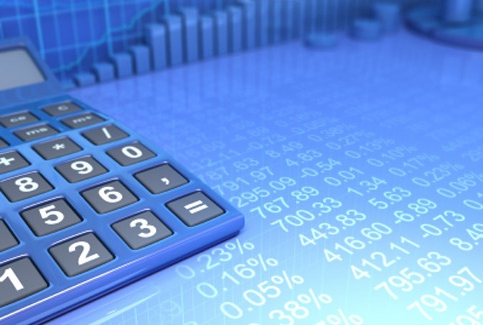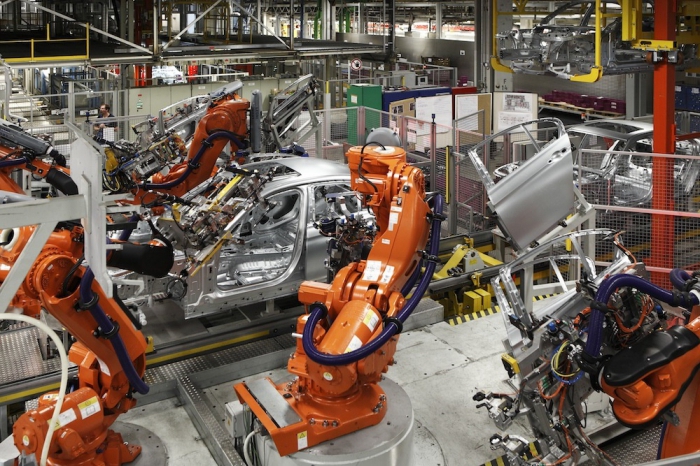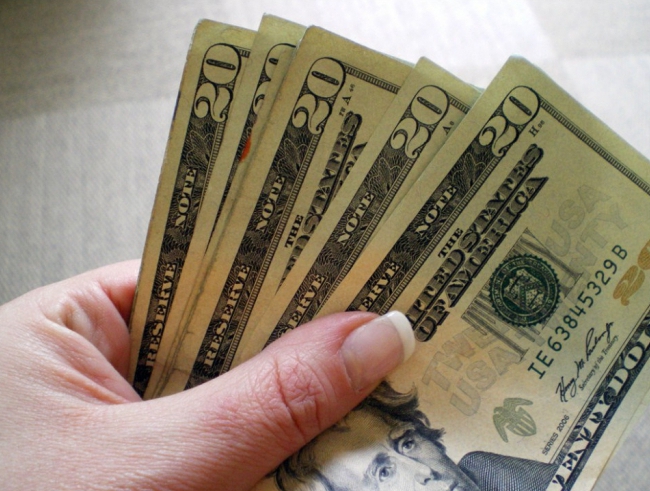It is worth starting with the interpretation of the concept of depreciation. This term is interpreted as a gradual transfer of the amount spent on the acquisition of fixed assets to manufactured products (services).
There are tax consequences of adjusting the size of depreciation deductions calculated according to the norms established by law. The value of depreciation savings, which is set as a percentage of the existing book value OS, otherwise referred to as the depreciation rate of fixed assets.
Basic concepts
Wear - the process of gradual loss of consumer value OS. It is divided into physical and moral. In the first case, we are talking about reducing consumer value due to the wear of parts, the negative impact of aggressive environments, natural factors. In the second - cost reduction regardless of physical depreciation.

It is customary to distinguish moral depreciation of the 1st (loss of 1-initial value due to increase labor productivity in the industry where OSs are manufactured) and of the second kind (the development of more advanced, economical equipment, as a result of which a decrease in the relative usefulness of obsolete OSs is observed).
Depreciation objects - OS, which are in the company either on the basis of ownership, or operational management, or economic management.
Useful life - the average service life of objects of a particular type.
Depreciation rate - the annual percentage of the cost of fixed assets, established by the state. In our country, uniform depreciation rates are used. This indicator is defined for each type of OS.
The economic meaning of depreciation
There are several versions, namely:
- Through the depreciation mechanism, cash flows are formed, subsequently directed to the reproduction of fixed assets.
- In accordance with the accrual principle, this is a way of crushing large investments in fixed assets by periods.
The depreciation rate of fixed assets is expressed as a percentage of the existing carrying value of classification groups of non-current assets. Moreover, the standards are widely differentiated by types of equipment, machines, as well as by types of work where they are applied, and by available industries.
Depreciation Methodology
There are only five accrual methods:
- Linear. In this option, the annual value of AO is set based on the 1-initial cost of the fixed asset element, depreciation rate. During the reporting period, deductions must be made every month in the amount of 1/12 of the total annual amount. The linear depreciation rate is determined according to the previously presented second version of the formula.
- Reduced balance. Here, the annual value of AO is based on the residual value of fixed assets at the beginning of the year (reporting), depreciation rate, special acceleration coefficient (it should not be more than 3). The depreciation rate (formula 2) is calculated on the basis of the service life.
- Cumulative. The annual size of the joint-stock company is established on the basis of the 1-initial cost (in case of revaluation of the replacement cost), the ratio of the number of years remaining until the end of the service life to the sum of the number of years of the entire service life.
- Write-offs are proportional to the volume of manufactured products. When using this method, the accrual of AO is carried out on the basis of the natural indicator of the reporting period of the produced volume of production, the ratio of the 1-initial cost of fixed assets to the expected volume of production for the entire life of the fixed assets.
- Accelerated method (increase in deductions determined in a linear way). Full transfer of the cost of fixed assets (balance sheet) to production costs.

Depreciation rate: calculation formula
For accounting purposes, the calculation of this indicator is carried out according to 2 formulas. In the first case, the annual depreciation rate is determined as follows:
Nam = (Pst - Lst): (Ap · Pst) · 100%, where
Pst - 1-initial cost of the OS, in rubles .;
Lst - liquidation value OS, in rubles .;
Ap - depreciation period, in years.
In the second embodiment, the desired indicator is set based on the service life of a particular OS asset, expressed in years (T):
Nam = (1: T) · 100%.
This formula is used in both accounting and taxation. Directly for the last sphere, the 3rd formula for calculating the depreciation rate is applied:
Nam = (2: Tm) · 100%, where
Tm is the service life of a particular OS object, in months.
Useful life: reasons to determine
This indicator is set based on the following:
- its expected value depending on performance, power;
- expected physical wear and tear, which is affected by the operating mode (number of shifts), aggressive environment, environmental conditions, systems for carrying out the repair procedure;
- restrictions on the operation of this facility (regulatory and other, for example, rental period).
It is important to note that in the case of an increase in the initial standard indicators due to reconstruction, modernization, the company is obliged to review the service life of the improved facility.
This indicator is set based on existing OS Classification requirements, which are included in special depreciation groups.
Depreciation groups
For clarity, the data is better represented in the form of a table:
| Depreciation life, years | Depreciation group |
| 1 - 2 | 1 |
| more than 2, but up to 3 | 2 |
| more than 3, but up to 5 | 3 |
| more than 5 but up to 7 | 4 |
| more than 7 but up to 10 | 5 |
| more than 10, but up to 15 | 6 |
| more than 15, but up to 20 | 7 |
| more than 20, but up to 25 | 8 |
| more than 25, but up to 30 | 9 |
| over 30 | 10 |
Based on the above service lives, the depreciation rates for each element of the asset are determined. In other words, the amount of resources that are exempted from taxation is established, as a result of which the financial base for the reproduction of public funds is formed.
Depreciable Equipment
This is one that is owned by the company and has an initial cost starting from 10 thousand rubles.
In accordance with applicable standards, the following equipment is not subject to this procedure:
- if it is on conservation for more than 3 months;
- if it is under reconstruction (modernization) for more than a year;
- if it was transferred free of charge.
The depreciation rates of equipment that is operated in aggressive conditions are calculated using a coefficient specified by the company.
Monetary depreciation of fixed assets
it depreciation deductions, which are included in the cost of production for subsequent investment. As mentioned earlier, their norms are set as a percentage of the existing carrying value of PF. Depreciation is charged every month. It ceases to accrue in respect of retired facilities from the 1st of the next month.
The accumulation of depreciation deductions, their expenditure in accounting is not reflected separately. They go to finance capital investments, long-term investments. Depreciation deductions are spent on full (partial) recovery.
In the case of a complete overhaul, they must cover both physical and moral depreciation due to the fact that technically obsolete operating systems are economically disadvantageous for operation, even if they are physically fit.
Depreciation as an instrument of state policy in the field of industrial investment
Significant structural changes are achieved primarily through depreciation rates.The accrued joint-stock companies, with the help of the production development fund, are directed to the restoration of public funds in full. This takes the form of capital investments, through which the cycle of the previously advanced cost ends, and additional investments are made due to the expansion of production, improvement of its material and technical base.
It is impossible to provide expanded reproduction only at the expense of AO, since they are intended primarily for simple reproduction. In this regard, a significant part of capital investments is provided by national income, while capital expenditures are reinvested primarily with the company's own funds. Equity, share capital, credit resources, and sometimes extrabudgetary funds, are also sent there. budget appropriations.
An important place in the composition of the enterprise’s funds used as capital investments is profit. Today, one can observe a tendency to increase the share and absolute size of profit in sources of investment of capital investments.
Finally, it is worth recalling that in the article such concepts as depreciation, depreciation, depreciation rate, service life and so on were considered.








